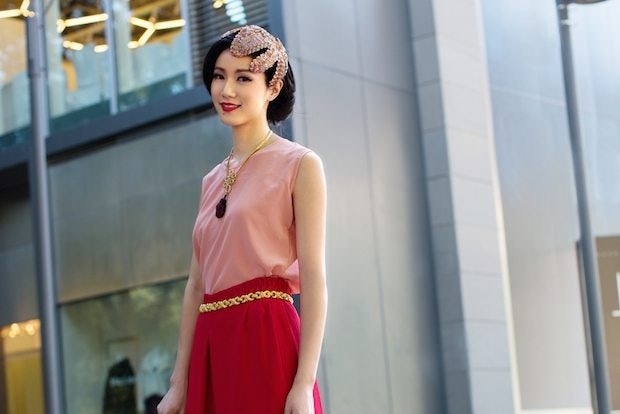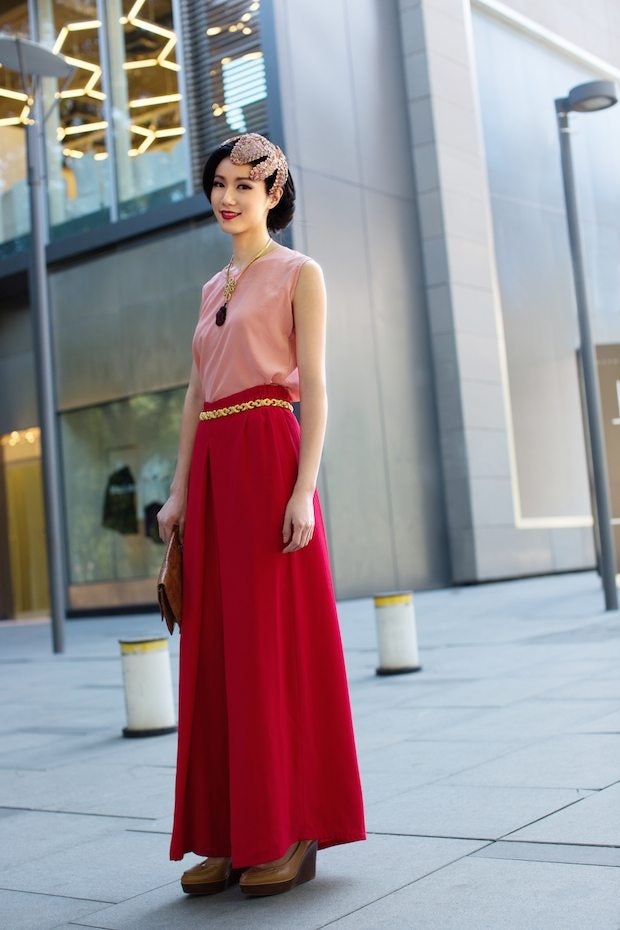
China's number of vintage stores and sellers may be rising, but only a sliver of Chinese millennials are actually a part of the overall fashion trend and even fewer have adopted a lifestyle led by luxury vintage products and garments. That has not deterred Karen Leung, co-founder of House of Willow, which opened five years ago on the north side of Beijing's Sanlitun shopping district. Leung and her husband Michael Xing dedicate their days to perusing auctions and boutiques in the United States and Europe for elegant pieces to add to their two-room collection and educating customers who have taken interest in what is primarily European-style, vintage fashion.
Leung defines “vintage” as anything from the 1920s to the 1990s and “antique” as anything that is more than 100 years old. Both antique and vintage pieces can be found among House of Willow's selection of jewelry, handbags, clothes, and furniture, and everything for sale is in pristine condition. Prices range from $80 to $3,100. Iconic, high-end brand names are plentiful, but those with an eye for the product itself and not the label will be pleased to find unique pieces, each with its own story, throughout the boutique.
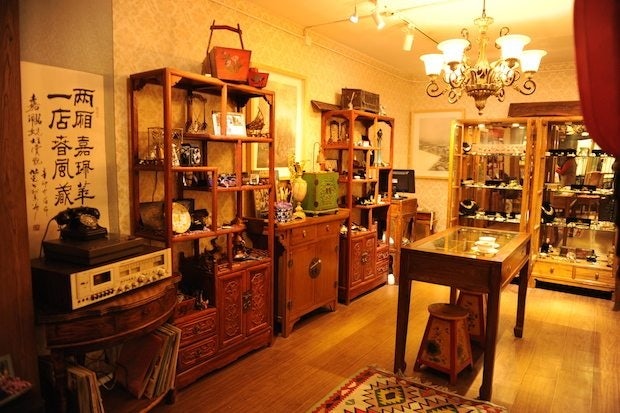
House of Willow is one of many stores that make up the range of luxury vintage products competing for attention in Beijing, where just down the street there are shops like The Flapper, which stocks vintage eyewear and accessories. In Shanghai, China's growing number of classic car fans can attend the upcoming third annual Bund Classic 2015, China's first vintage car show. Countless independent sellers do pop-up shops and markets around these cities, where they sell U.S.- and Europe-sourced jewelry, dresses, and and even makeup cases and yellowing fashion magazines, all with a common thread: a very specific type of niche customer that can be difficult to find in China. There have been signs of encouragement—on the e-commerce front, for instance, Alibaba invested in luxury vintage online retail company 1stdibs last year with plans to make it available to Chinese buyers.
We caught up with Leung and learned more about what selling vintage has been like since its boom in China a few years ago, and honed in on exactly who else in China might share Leung's taste in style.
How would you say the luxury vintage scene has changed since you first opened almost five years ago?#
Well, it’s very different from what it was when we opened. Back in the day, there was a huge focus on Louis Vuitton and Chanel, but in recent years, people have started to go “Well they’re great, but it almost seems like everyone has them.” Or there’s so much imitation on the streets that you don’t know what’s real and what is not. That’s where the appeal of luxury vintage comes in, because it’s one of a kind, or there are very few pieces in circulation. There’s no imitation, there’s less chance of clashing with somebody who has the same bag, and the appeal is also about classic designs, which brings out the era it was designed in.
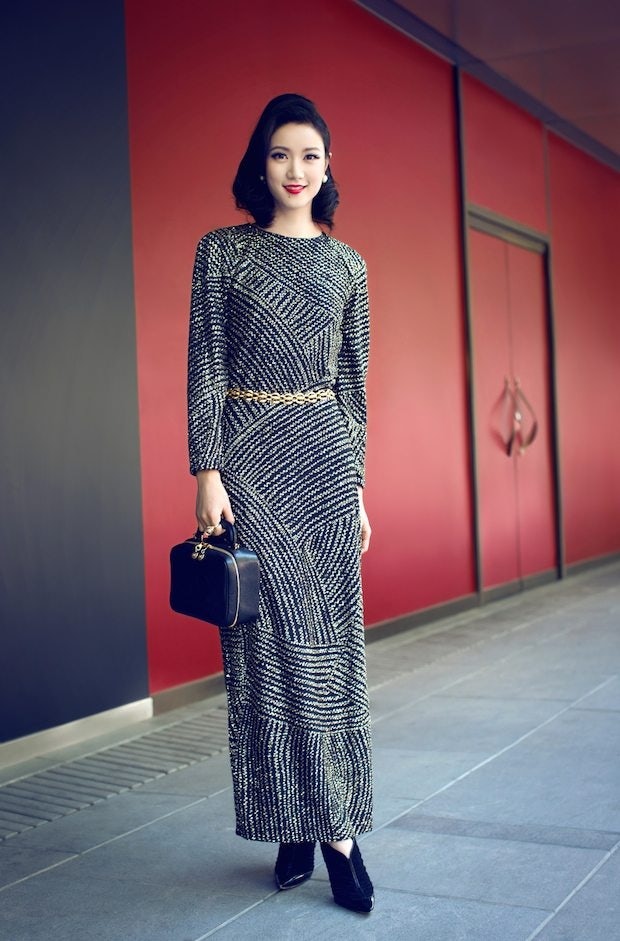
In Gulou, it seems that everyone is opening up a vintage shop. Is that hurting or helping the scene and your business?#
It helps in the sense that it exposes the masses more to the idea of vintage. House of Willow is very different compared to the Gulou stores. We’re more European vintage; they’re more American, retro-cowboy, rockabilly vintage. There are so many different styles of vintage out there. We’re not direct competitors, but we’re moving along the same path. Vintage is still a niche market in general. It still has a concentrated appeal—it’s not for everyone. We still have the challenge where a customer might think, “It’s old, it’s been used by someone else.” You don’t know where it’s been. You still have the superstition factor in the Asian market, but the younger generation may be more accepting.
How has education come along in that sense? Are there more people who are more accepting of vintage and who understand it, and is education a part of your marketing process?#
Definitely. We’re more about vintage culture and vintage lifestyle. It’s not just about the clothes, it’s about the whole story, the story behind that special piece. People are starting to appreciate the culture side, rather than where it’s been or who’s handled it.
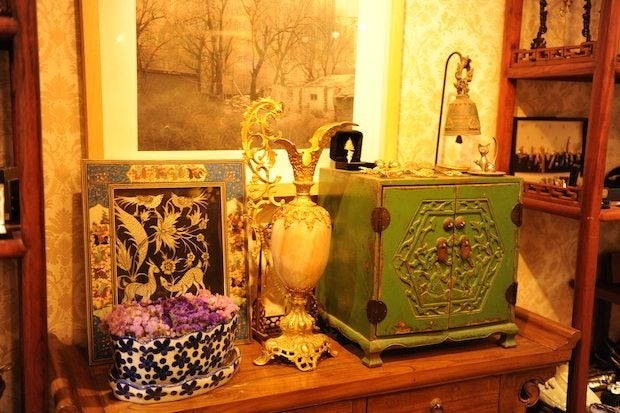
Is the vintage market growing? Are auction houses in the West seeing more buyers and potential from China?#
I would say the vintage market is growing, although the actual rate of growth has slowed down compared to a few years ago. Auction houses in the West are being attended by more China clients, and in general, are garnering more interest from Asian consumers.
How would you describe your average customer?#
They’re interested in this culture they haven’t come across before. As people are traveling more outside China, all around the world, they’re seeing things like European architecture and the arts reflected back into pieces of jewelry, and they’re like, “I’ve seen this on my travels,” and they feel really connected to these pieces, like they’ve seen them somewhere before. It really helps in terms of their mindset. They’re more open to new things, and I think that’s great.
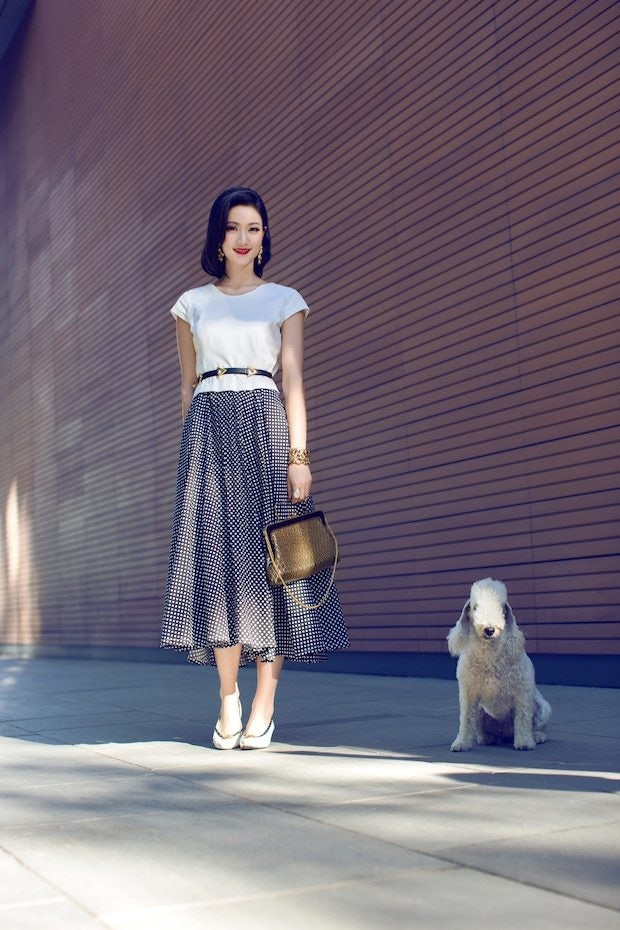
Do you see more males or females?#
Well, we predominantly only cater to females, who are very sassy shoppers, very stylish or who want to stand out from the rest of the pack—not only after trends.
The way I see it, I don’t think vintage is just a trend in China—it’s an appreciation. So our customers truly appreciate vintage.
Do you do e-commerce as well as the brick-and-mortar shop?#
We do both. E-commerce complements the brick-and-mortar shop. Brick-and-mortar really helps in terms of allowing people to physically feel the items, to put something on and see if it actually suits them. E-commerce is more of a marketing platform—it shows customers what we have, and they can come into the store if they want to see it. Otherwise, they can just buy it online. Sometimes it’s hard to gauge quality online—that applies across every retail sector, not just vintage.
In terms of your Chinese customers, are there particular types of vintage that are doing well, or any that are not doing so well?#
I think classic designs always do well. They retain their appeal after all these years—they’re still nice to look at, whatever your age or whatever era it's from. Things that are easy to accessorize do better than crazy pieces.

Are Chinese shoppers ever more bold, or is vintage wear something most people need to be eased into?#
A lot of our customers from the beginning, when they first came to our shop, they were buying very small pieces, very delicate, very refined because they were easy to style with their everyday wear. And then as they got bolder with their style choices, they started buying statement pieces, so big chunky earrings and big necklaces, not just the tiny pendants with a small chain. And they decided that this was what they loved. So you see this evolution with a lot of Chinese customers, with the way they style themselves, and for me it’s really encouraging because they’re stepping out of the comfort zone, they’re making bolder choices with a lot of their everyday wear, style etc.
Do you have a lot of customers coming to you through Weibo and WeChat?#
In the beginning, a lot came through Weibo, definitely. Then later it was the magazines, and now it’s WeChat. Our WeChat platform is called Willow, and it’s a style blog where we style contemporary clothing with vintage jewelry and accessories. For us it’s about lifestyle, so you don’t need to be decked out completely in vintage to wear vintage.
